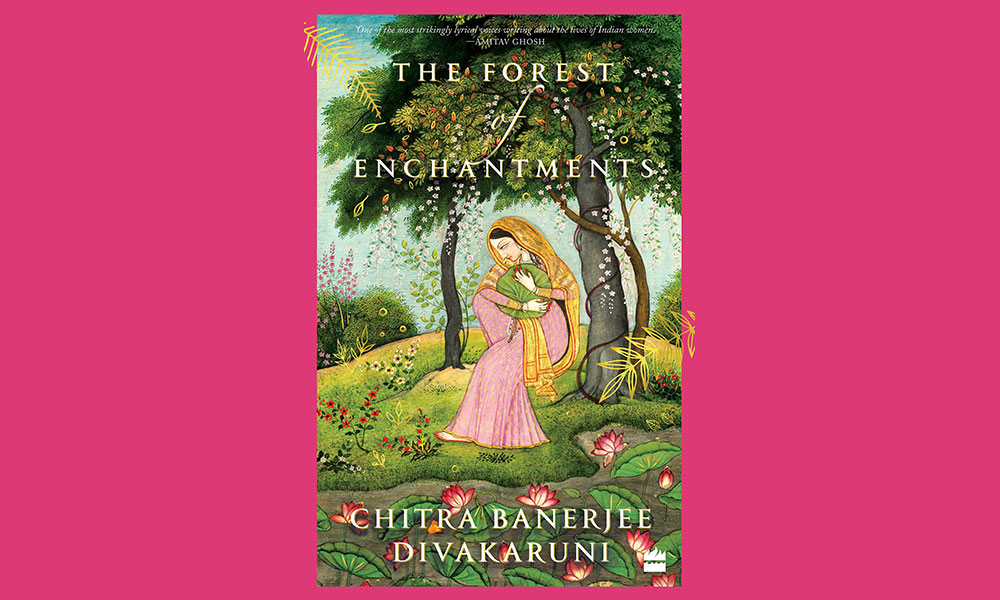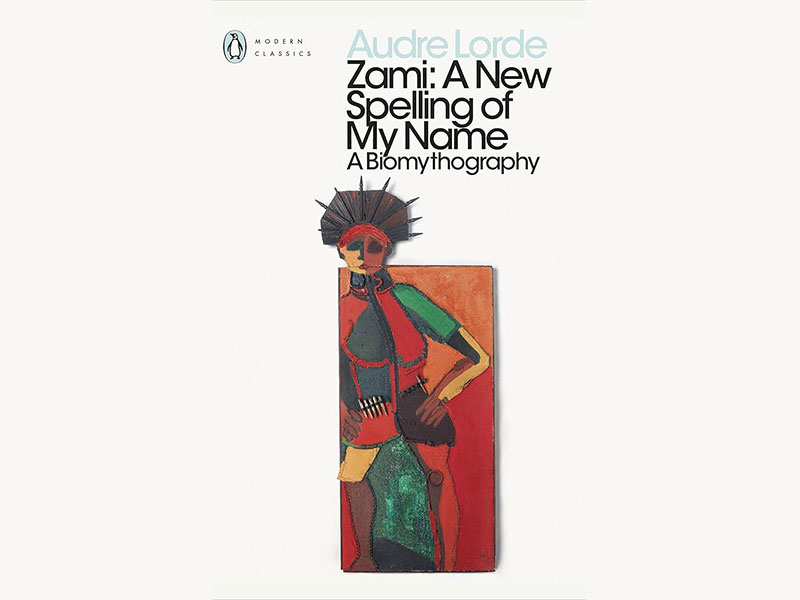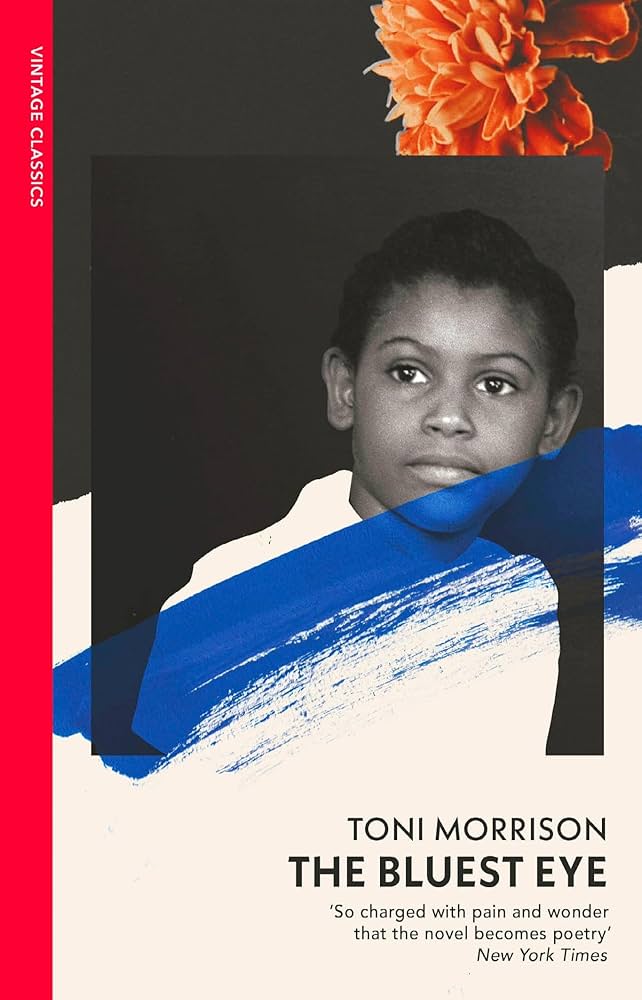A search and many questions
I was surrounded by women in the café today. Each table independent of the other. Groups of 2 and 3. A couple of them by themselves. Conversations flowing all around me.
Three friends discussing a trip, two women engaged in what looked like some meeting, with the laptop opened between them. A group of 4 young students bend over their notebooks, their iced coffees between them. Some of the women working on their own. Women, girls, daughters, mothers, wives, sisters, partners- the multiple roles, the multiple identities, the multiple ‘Sitas’.
‘The Forest of Enchantments’ beside my coffee. I was almost at the end of this narrative that I had picked up with a lot of excitement. But as I was looking around, hearing snatches of conversation flowing from the other tables, a question came to my mind. There was a part missing from the story. An uncanny gap, like something was promised but not kept. A question that was not addressed and I was almost at the end. Or, did I miss it? Who was Sita? Sita the woman? Outside her roles of a daughter and mother and largely a wife, who was Sita, the woman? Sita, was perceived as she, perceived herself, through the eyes of her husband in the spectrum of a ‘marriage’. I was expecting ‘The forest of Enchantments’ to be ‘The Sitayan’ as it had promised at the inception however, it remained the popular narrative of ‘The Ramayan.’
The question of ‘identity’ has been raised across different milieu. It has been raised across many thought processes and through the many questions of gender, religion, class, cast, geography and history.
Are we born with an identity? Do we get attached to one? Or do we create one for ourselves? Is our identity one or multiple? Is our identity static or dynamic? Do we shape our identities consciously or subconsciously? Is ‘role’ and identity same and do they define each other?
Identity, is perhaps all of them in amalgamation and each of them in isolation. Not being defined or explained by one term or understanding alone, identity is a palimpsest of our existence. One that is constantly shaped and reshaped, rewritten with the intricacies of the past, the experiences of the present, the desires of tomorrow. The Bangla folk song, “Tomar ghore boshot kore koi jona?” (how many of ‘you’ are there within ‘you’? ) has always resonated with me as the multiplicity of identities. Why do we have a hierarchy of identities then?
Who then was Sita?
As a young princess, Sita, grew up in the palace of King Janak as a fun loving yet responsible child. She was taught self-defence, scriptures, religious precursors. These were necessary traits to introduce, develop and build. They were the elements that would shape the identity of the ideal queen, when she was going to be married. She held on to these values and fulfilled her role and responsibilities. As a daughter in law, a queen, a mother and dominantly as a wife. Sita, the wife, is considered as the epitome of that ideal (wo)man beside her man! Her example and sacrifice cited, evoked, cherished and repeatedly reinforced throughout the generations of women. Her act of questioning the last proposition of her husband, namely ‘agni pariksha’ for the second time, was in juxtaposition to her lifelong world view in which she rationalised and justified every act of betrayal. She evoked ‘duty and responsibility’ of a king towards his subjects as justifications for the failures. She did question her position as a ‘subject’ of the kingdom who never received any justice. Her question came too late perhaps. She was most ‘dutiful’ but only towards the institution of marriage and role of a wife.
While Urmila and Surpanakha, chose their actions, defying the ‘norms’ of the roles that were expected of them. Urmila followed her heart, when she defied Laksham’s dictum of remaining in the palace too look after the ‘mothers’ during the fourteen long years. She chose how she would want to spend the years. She did it again, when she went to meet ‘Sita’ in rishi Valmiki’s ashram, with out the knowledge and without informing her husband! She chose her decision. Towards the end of the narrative, we again get a glimpse of her personality when she rages against the decision of ‘agni pariksha’ for her beloved sister, who was ‘abandoned’. She tries to convince Sita to leave the palace with dignity and not succumb to another indignity in the guise of ‘duty’!
‘Surpanakha’ confessed her love without being carried away the rules of love of whom to love. The love laws of whom to love, how much and how did not bar her to profess her love. She was duly punished for speaking her mind though!
With the idea of ‘Sita’ deeply ingrained into the Indian psyche of women and men, the question of identity of women treads on tumultuous path. Women are strongly bound by the traditional roles of wife and mother, daughter and daughter in law. It’s the world view we are born into, nurtured and grow up. It has always been perpetuated, developed and reiterated by every single eco systems that we belong to. The microcosm of ‘family’ where we witness mothers happy and revelling in their role of the caregiver and homemaker. Where unexpected guests were deemed normal and preparing ‘lunch’ at home a normality. I am quite sure the phrase of ‘pleasant surprise’ must have been tweaked into ‘unpleasant surprise’ at many homes in myriad occasions. It was certainly mentioned out aloud at my house. My mother, a homemaker par excellence, shared her position on this phenomenon, but only with her daughters!
It was never questioned as to why she must cook again at 2pm in the afternoon just as she was finishing up her daily household chores for the morning!
Upon marriage, the young women are told to look after the new family as her own. To partake in their joys and difficulties, mindful of their needs, giving up her room her space, her preferences and gradually her dreams, hopes, understandings. To reach a point where she fails to remember that aspect of her ‘identity’ that she was born with, that shaped her childhood, that formed her collective childhood memory. This element had been beautifully brought out in the Kiran Rao movie, ‘Laapata Ladies’, where Deepak’s mother reminiscence about her childhood favourite food. It was gut wrenching. It was normalised. Forgotten.
The society that we grow up in, demands that ‘virtue’ from women. With all kinds of accolades and ‘pats on the back’ women are led to belief that this is what she really wants. Betty Friedman in ‘The Feminine Mystique’ talks about this ‘underlying need to please’ as a driving force in a woman’s life.
Women, among themselves have been critical about the other women as well. At workplace, the clothes that she wears, in schools, the children that she raises, in business, the ambition that she has are all viewed with an air of critical judgement! She is too independent, too ambitious, too liberal, too careless, too selfish, too callous, too indifferent, too snobbish, too bad a cook, too loud, asks too much and wants too much! A woman is almost always little short of that perfect ‘dutiful daughter-wife-mother’ triad to which many women dedicate their entire lives. Even today.
Identity of a woman has been always tied to that of a man, The custom of ‘sati’ where life is not worth living after the demise of a husband, the colourless all white attire and one meagre meal, the changing of surname after marriage, women leaving their parents, home, education, careers to follow the husband in the different cities around the world, the fasting during ‘Karva Chauth’ irresponsibly glamorised by mainstream media all point to the meaninglessness of a woman’s life with out a wedded husband. Devoid of her own identity, she stands alone, donning the identity of her partner, thinking, speaking, liking or not liking, perceiving, rationalising, seeing the world from the eyes of another. Hence, she tries to justify the acts of irresponsibility, irrationality, betrayal, untruth and violence.
She passes on this ‘normalised’ actions and inactions to her sons and daughters. She passes them to her nephews and nieces. She becomes complicit in this narrative of ‘identity’ or being without one.
She dons the legacy of ‘Sita’, the virtuous, dutiful wife who held onto her questions till the very end, the end of her own self!
Continue Reading









